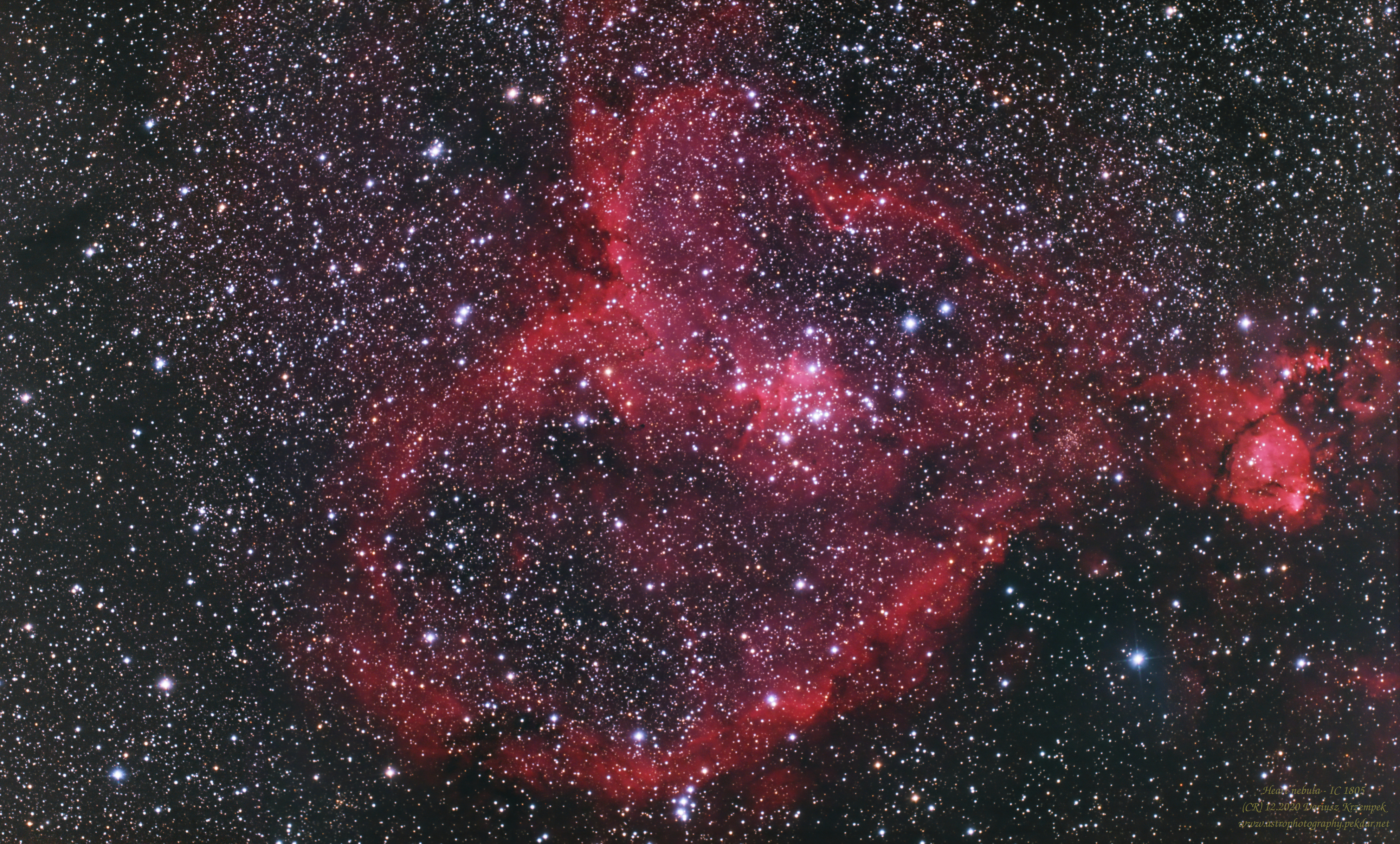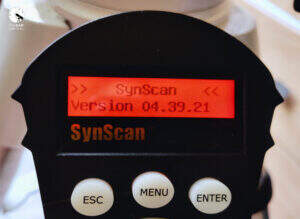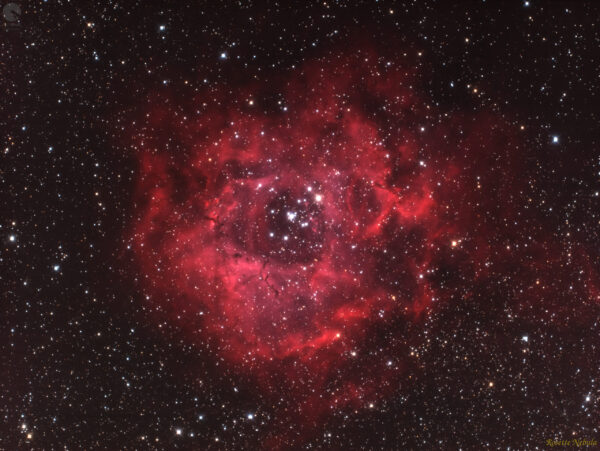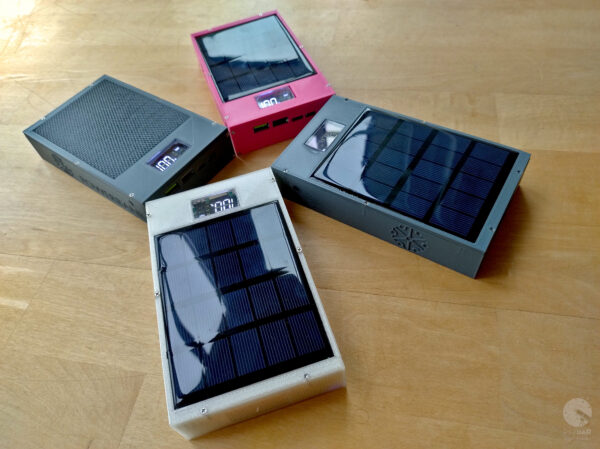7500 light years away from Earth and is located in the Perseus Arm of the Galaxy in the constellation Cassiopeia. It is an emission nebula showing glowing ionized hydrogen gas and darker dust lanes.
The brightest part of the nebula (a knot at its western edge) is separately classified as NGC 896, because it was the first part of the nebula to be discovered. The nebula’s intense red output and its morphology are driven by the radiation emanating from a small group of stars near the nebula’s center. This open cluster of stars, known as Collinder 26 or Melotte 15, contains a few bright stars nearly 50 times the mass of our Sun, and many more dim stars that are only a fraction of our Sun’s mass.
On the left side of the photo you can see an interstellar dust (grey, dark grey).
The photo is the result of combining two different photo sessions but in the same location. The frame is not proportional, it is too wide. However, I didn’t want to crop it because of the interstellar dust revealing on the left side of the frame. Personally, I liked this photo very much and I think it is better than the previous one, which was made only from one photo session.
IC 1805 – Heart Nebula
Source: https://en.wikipedia.org/wiki/Heart_Nebula
Technical information
- Date: 12.2020
- Composition: APP
- Processing: APP + RT + GIMP + add-ons (Linux)
- Total exposure time minus defective light frames: 4h 36min.
- Lights: 276
- Calibration frames: Flats, Bias, Darks









